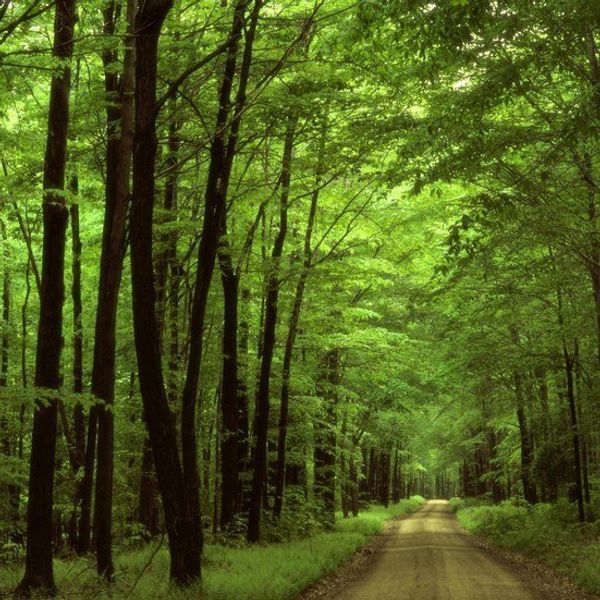The state of the ozone layer of the earth’s atmosphere is regarded as the largest environmental emergency of the twentieth century. With ozone protecting us from a variety of dangers, from sunburns to famine, the damage done to the ozone layer by man-made chlorine-based compounds desperately needed to be regulated. Today, the ozone layer is recovering after the Montreal Protocol was put into action, but not at the rate Qing Liang says it should be.
The earth’s ability to maintain life is a fine balancing act, destroy even one species of small bugs and the entire set-up could collapse. For all kinds of species, overexposure to UV rays can damage the deoxyribonucleic acid that we are all made up of, causing cancer. The eyes are one of the most vulnerable parts of the human body, and UV rays can cause cataracts after a long period of time or snow-blindness in bright environments. But animals aren’t the only ones to suffer damage at the hands of ultraviolet rays, plants as well can be damaged, with their photosynthetic processes interrupted by the harsh rays. Phytoplankton, which store carbon dioxide in the ocean, are also stalled in their vital roles in aquatic ecosystems. With overexposure to UVA and UVB rays, our planet can and will break down, and that is the reason why NASA and other atmospheric scientists are guarding the ozone layer so closely.
Scientists at NASA watch and measure the Antarctic ozone hole multiple times each month, using the Dobson Unit to measure the total ozone. The Dobson Unit prior to 1979 was never known to be higher than 220DU, so meteorologists today use 220DU as a baseline to compare the progression or regression of the ozone layer’s recovery to. As of September 12, 2016, the total measurement of the ozone layer was 157DU. 157DU is a great improvement from what it was, but this measurement is not stable year-round. The O3 levels dip anytime there is volcanic activity nearby, due to the fact that volcanic aerosols that deplete ozone are ejected from beneath the earth's surface into the atmosphere. The area of the greatest ozone depletion is the antarctic ozone hole, which is monitored closely with geostationary satellites by meteorologists, like Qing Liang, who follow in the footsteps of Paul Crutzen, F. Sherwood Rowland, and Mario Molina.
In 1965, Paul Crutzen was brought on by a team of scientists studying the allotropes of oxygen: atomic oxygen, molecular oxygen, and ozonic oxygen. Crutzen studied nitrogen oxides, originally believing they had a role to play with primordial microbes, but later identified it to be man-made pollution. He also identified this pollution as harmful to the atmosphere and pointed out the potential danger of the planes being made and flown at the time. His theories about the planes would later be proven by Professor Harold Johnson of the University of California. Crutzen did much the same with pesticides and other chlorine-based compounds, revealing their danger to species other than just insects. F. Sherwood Rowland and Mario Molina took interest in the studies of Crutzen and applied it to their own careers, discovering and revealing the decomposition caused by chlorofluorocarbons, which resulted in an international movement to limit the use of these chemicals. One such movement was the Vienna Convention for the Protection of the Ozone Layer.
The Vienna Convention served as a framework that the Montreal Protocol would later build upon, it was adopted in 1985 and began to be enforced in 1988 after being the first convention to ever achieve universal ratification. The objective of the Convention is not to enforce a plan to lessen the use of chemicals but, rather, is to encourage research into the matter and cooperation on the subject. While the Vienna Convention did not require countries to take action, the Montreal Protocol does, aiming to reduce the number of chemicals released into the atmosphere that deplete the ozone layer, but the Montreal Protocol remains unratified in a few countries.
Researchers today aim for the Montreal Protocol to be universally accepted and put into action, as Qing Liang published a study in 2014 that shows that levels of carbon tetrachloride are not as low as they should be. Meaning, CCI4 is either being released into the atmosphere more than is reported, or CCI4 does not decay as soon as scientists previously thought. Every day more research is being done, and more countries accept the Protocol and aid in the recovery of the ozone layer. Thanks to scientists like Crutzen and Liang, the human race learns more about its impact on the environment and is making steps to diminish the impact of synthetic products on nature, this is the reason why science is so highly valued in today’s society: so that today’s society can survive another day.
Sources:
www.earthobservatory.nasa.gov/Features/UVB/
www.ozonewatch.gsfc.nasa.gov
disc.sci.gsfc.nasa.gov/ozone/additional/science-focus/about-ozone/ozone-atmosphere.shtml
epa.gov/ozone-layer-protection/international-treaties-and-cooperation
www.m.esa.int/About_Us/Welcome_to_ESA/ESA_history/...
britannica.com/biography/Frank-Sherwood-Rowland
britannica.com/biography/Maria-Molina
www.nasa.gov/press/2014/august/ozone-depleting-compound-persists-nasa-research-shows/#.V9sllzT3anM





















